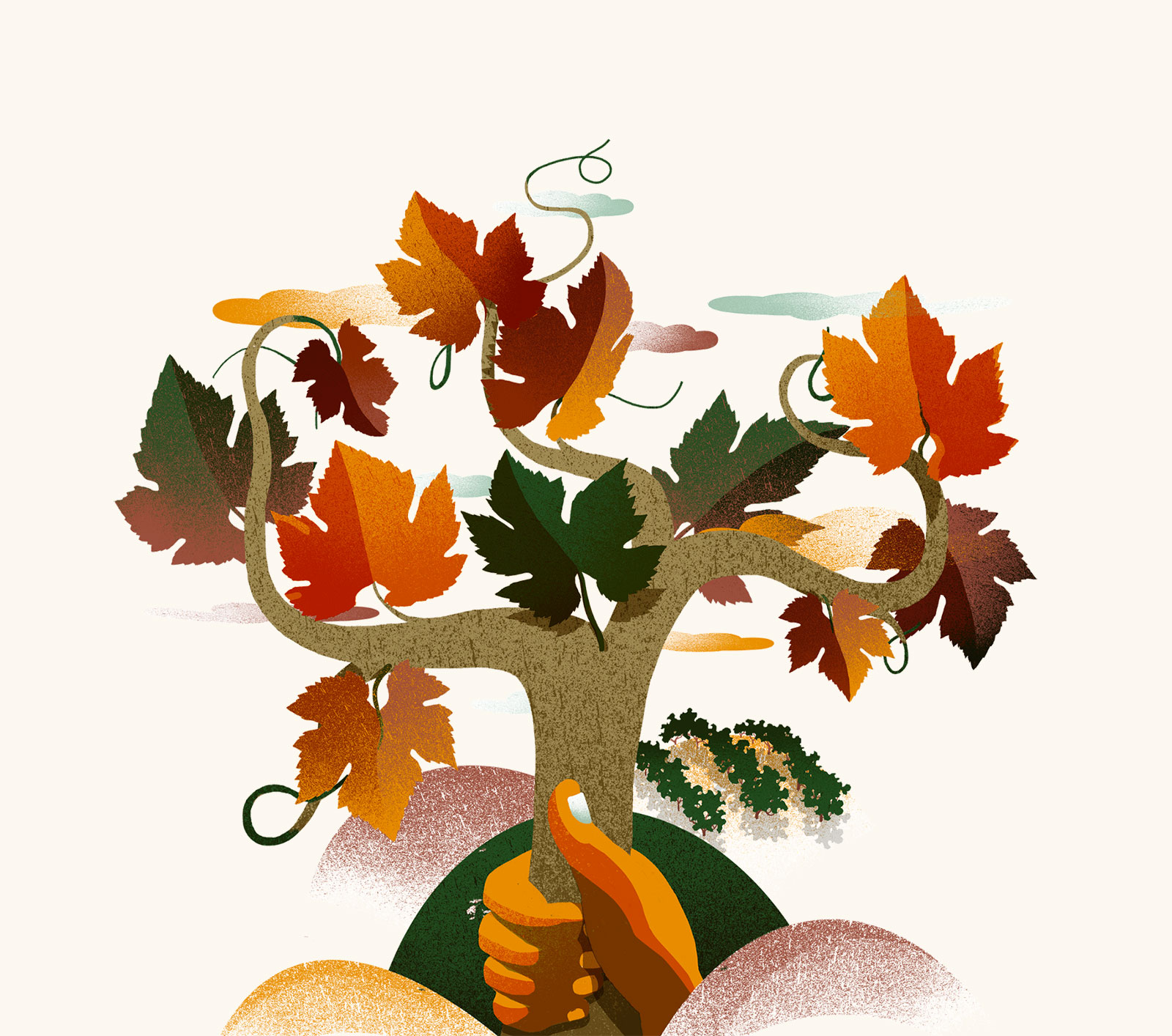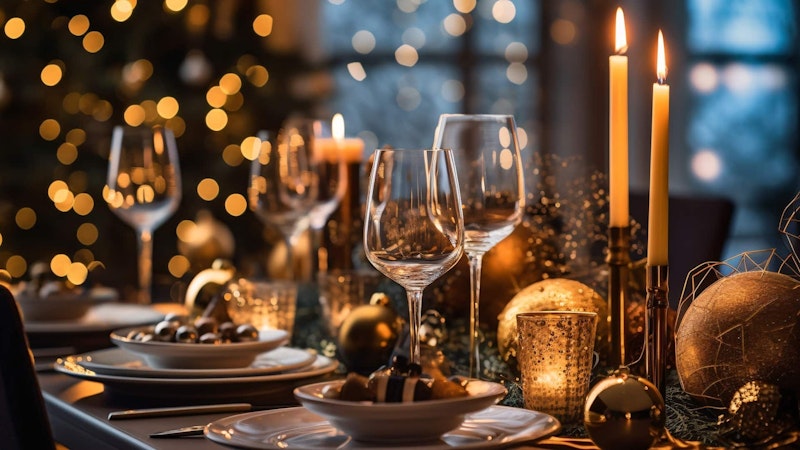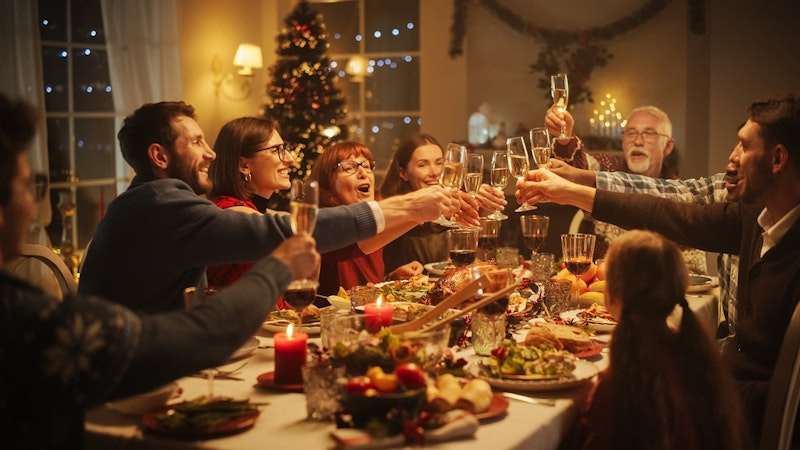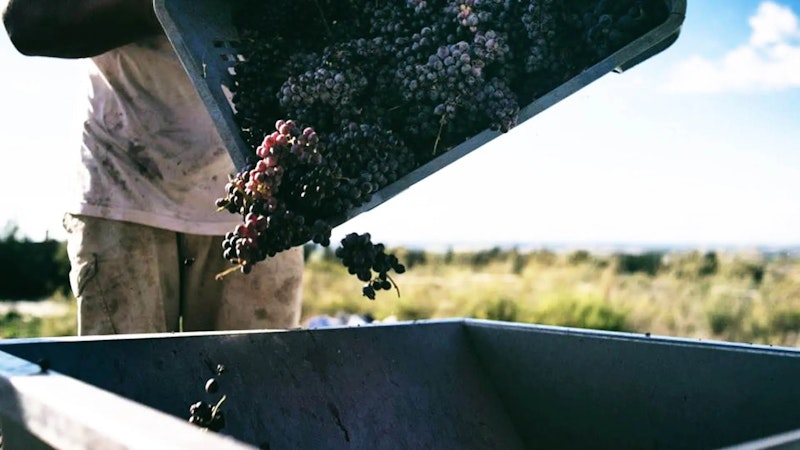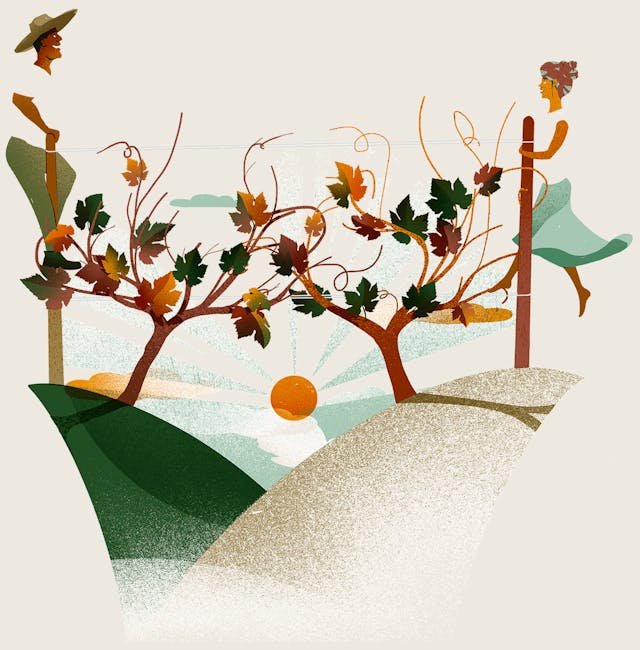9 wines with unusual ageing
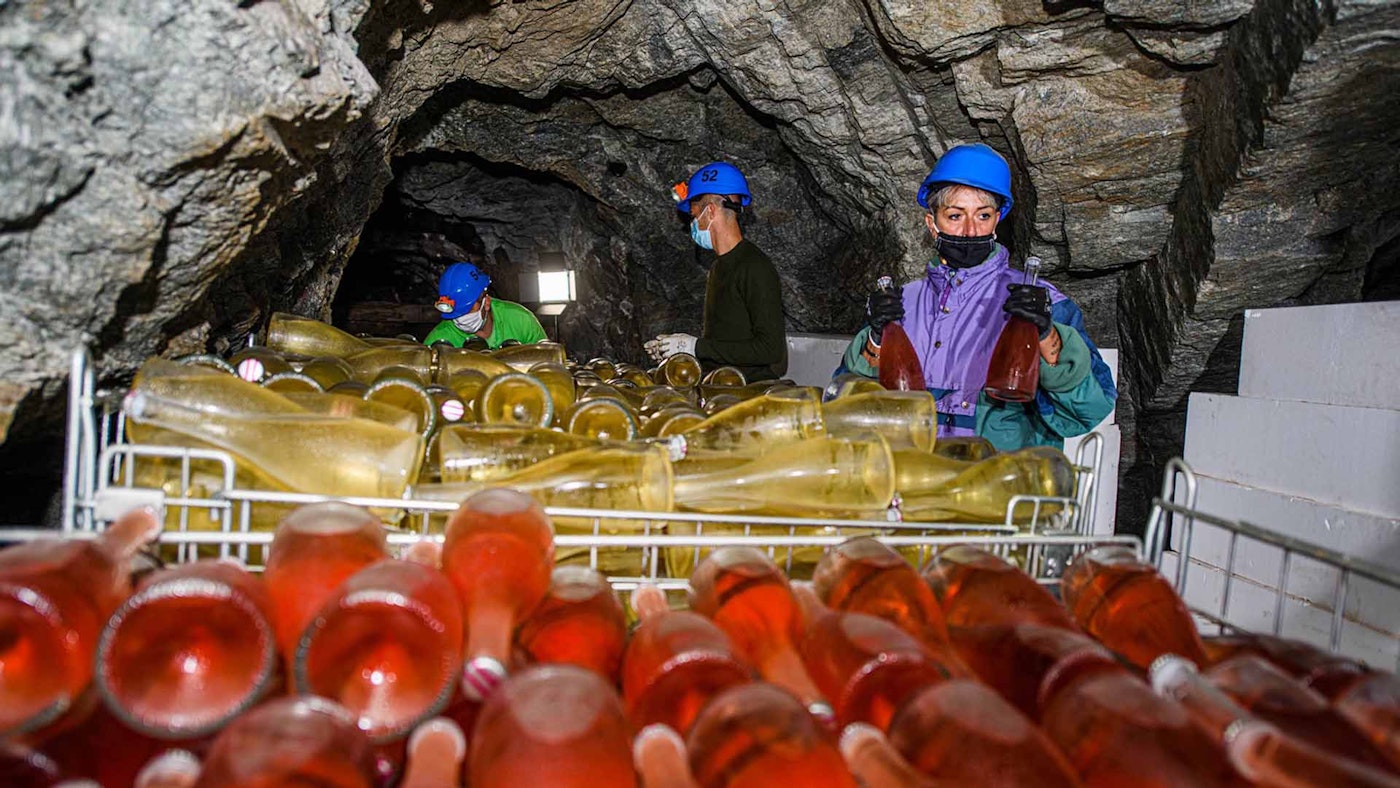
The aging of wine is one of the fundamental steps that indelibly determines its character and longevity. In addition to barrels and concrete tanks, in recent years we have seen wines aged in unusual places and in very unusual containers. In the Proposta Vini catalog we find some examples, here they are.nte character and longevity. In addition to barrels and concrete tanks, in recent years we have seen wines aged in unusual places and in very unusual containers. In the Proposta Vini catalog we find some examples, here they are.
ON THE SEA, IN THE WATERS OF THE PO DELTA
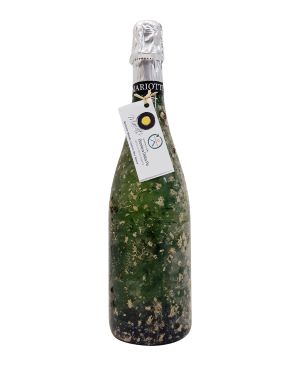
Where the Po River ends and flows into the Adriatic Sea, Stella Maris Brut Blanc de Noir from the Mariotti winery in Argenta (FE) rests for three months. This Blanc de Noir, born in the sand, after a year of bottle aging in contact with the yeasts, "dives" into the sea, where the bottles remain submerged in a basket called "Ostriga", patented by a local company for oyster farming. Thanks to the currents and the incessant movement, the yeasts move continuously inside the bottle, ensuring complete contact with the wine and giving it a unique personality. After racking, the wine is racked and bottled.
Mariotti's Stella Maris Brut Blanc de Noir, obtained from the pure vinification of Fortana grapes, the grape par excellence of the Sands, is distinguished by its golden color and fine, persistent perlage, an intense and elegant aromatic bouquet with fruity notes of berries and sour cherries, acacia flowers and a light citrus note. Fresh and savory in the mouth, enveloping and supple on the palate, with good acidity and an aromatic finish reminiscent of orange peel. Ideal with seafood hors d'oeuvres, grilled and fried fish.
IN THE MINES OF PIEDMONT AND AOSTA VALLEY
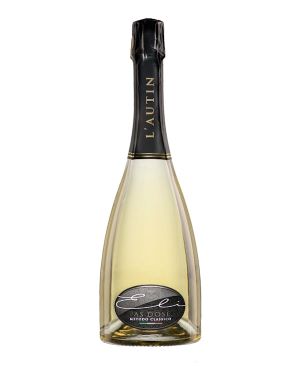
The bottles of Eli Pas Dosè, the Metodo Classico of L'Autin, a winery located in Barge (CN), on the border between the provinces of Turin and Cuneo, are aged for at least 36 months at a depth of 1 km in tunnels dug by man in the Germanasca Valley to extract the rare and precious Piedmontese talc, "Bianco delle Alpi". One by one, the bottles are transported by hand to the mines at 1260 meters above sea level, in tunnels where the temperature is a constant 10°C and the humidity 90%, and where the wine rests in the heart of the mountain, amidst the silence and darkness that shape its character.
A blend of Bianver, a noble Piedmontese grape, Pinot Noir and Chardonnay grapes, the nose reveals hints of yeast, bread crust and with fruity aromas, while on the palate it is fresh with good acidity, making it perfect as an aperitif and throughout the meal with fish and shellfish dishes.
Moving to Valle d'Aosta, we find the old magnetite mines of Costa del Pino, in the municipality of Cogne, where, since the ancient Romans, many generations of miners have worked at 1,800 meters above sea level.
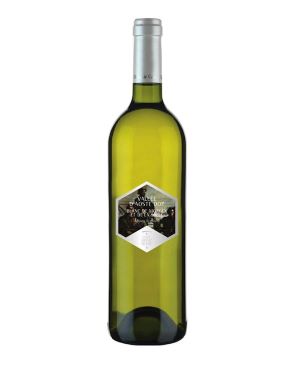
Here, darkness, humidity and constant temperatures ensure the perfect ripening of the Prié Blanc grapes, which are vinified in their purest form, with aromas of mountain fruits, sage and mineral notes. A white wine with an aromatic bouquet that reveals the terroir from which it comes, it is fresh, savory and harmonious on the palate and can be enjoyed with Seuppa a la Valpellinentse, a traditional soup made with black bread, fontina cheese, cabbage and broth, or with Valdostan Raclette.
IN THE ANCIENT QUARRIES OF MONFERRATO
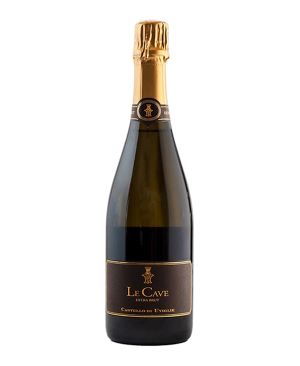
In the heart of Monferrato, the ancient underground quarries of Castello di Uviglie, with a surface area of 10,000 square meters, tell the story of a seabed 17 million years old, originating from the ancient Piedmontese sea. The cellars of the Castello di Uviglie, excavated over the course of more than 1,200 years, are now dedicated to the aging of Metodo Classico, thanks to a restoration project carried out by the Bonzano family. In these underground rooms, Le Cave Extra Brut Millesimato undergoes a very slow refermentation in the bottle and is aged on the lees for 44 months. Made from Pinot Noir and Chardonnay grapes, it is a sparkling and elegant wine, bright to the eye and with fruity, bread crust and mineral notes on the palate. Fresh and creamy, it goes well with shellfish in béarnaise sauce, vegetable pasta dishes, roasted fish, white meats and strong cheeses.
REFINING TO A DEPTH OF 30 METERS IN A WELL
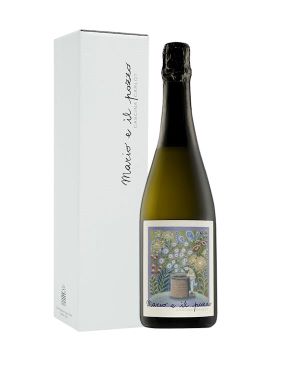
In the province of Asti, Cascina Carlòt produces a few bottles each year of Mario e il Pozzo, a pure Moscato Bianco di Canelli that fully expresses the personality of its owner, Carlo Mo, and his passion for nature and sustainable viticulture. A lively, enveloping and appealing wine, strictly following the bottle fermentation, a technique used in Piedmont since the post-war period and also by Mario Mo, Carlo's grandfather. "However, I had to find an environment with little light, with a constant temperature throughout the year, possibly not exceeding 15 degrees: an old family well caught my attention. The considerable depth, about thirty meters, guaranteed water with a slightly lower temperature, an environment completely protected from light and, above all, the counter-pressure that would counteract that developed by the indigenous yeasts present in the wine. I had to wait 24 months to evaluate the result of this work; it was 2012. The bottles appeared with an inactive indigenous flora, taken to the top for clarification and recorked with the mushroom cap. Thus was born my first "classic method" Moscato," says Carlo Mo. A unique wine with a thick, creamy mousse, intense and delicate on the nose, with hints of acacia flowers, wisteria, peach and apricot, while the palate is enveloped in fine, creamy notes. Perfect for a special toast and with desserts, cream cakes and dry pastries.
High-altitude aging in the Aosta Valley and the Andes
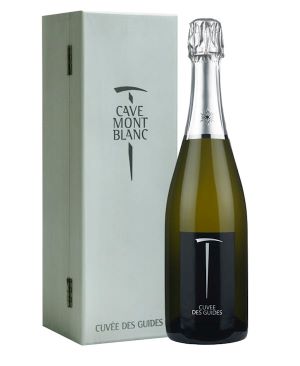
An extreme interpretation of the Prié Blanc grape, vinified in purity at over 2,000 meters above sea level on Mont Blanc, thanks to the collaboration with the Society of Mountain Guides of Courmayeur: Cuvée des Guides by Cave Mont Blanc is a Metodo Classico with unique and rare characteristics determined by the atmospheric pressure of high altitude and the constant temperatures maintained during the two years of aging at 2,173 meters. Since 2015, the sparkling and dégorgement process takes place in the cellar created at the Pavillon du Mont Fréty, the middle station of the Sky Way Mont Blanc cable car.
All this contributes to the exceptional quality of the perlage of this Metodo Classico, which stands out for its harmony and complexity between floral aromas and light citrus zest, good body, minerality and freshness on the palate. It can be sipped as an aperitif with cured meats, fried fish and gourmet finger foods, but also with steamed fish hors d'oeuvres, spaghetti with clams, oysters and grilled fish.
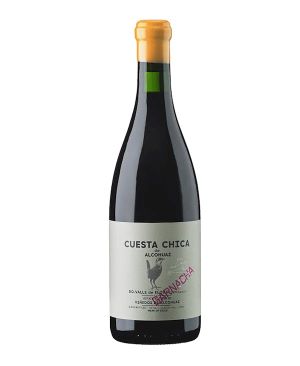
On the other hand, between 1,650 and 2,206 meters above sea level in the Andes, are the vineyards of the Chilean winery Viñedos de Alcohuaz, which produces wines that are an authentic expression and reflection of their terroir, between granitic soils, high altitude and the sun that constantly shines on the vineyards located in the Elqui Valley.
Cuesta Chica is a pure Garnacha, fermented in concrete vats with 100% whole grapes: no crushing and spontaneous fermentation with indigenous yeasts. Aged for 18 months in a 1,600-liter cement vat, Cuesta Chica has a floral and mineral nose, with granite dust aromas, and a well-structured palate with excellent acidity. Enjoy it with lamb and beef dishes such as ossobuco with mushrooms, oxtail alla vaccinara with polenta, and also with braised wild boar.
AGING TECHNIQUES
Not only strange and unusual places: aging techniques also hide interesting peculiarities to be discovered or rediscovered, as the stories of Ansaldi and Binon-Cocquard tell us.
THE ADDITION OF PERPETUAL WINE
In Sicily, on the Feudi di Marsala plateau, Giacomo Ansaldi and his family have decided to pass on the culture of Perpetual Wine, using the traditional production method of the area. This is an important recovery operation aimed at safeguarding a unique heritage: that of the precious ancestor of Marsala, whose origins date back to Phoenician and Carthaginian times, and whose peculiarity lies in the special aging technique that involves remaining in barrels forever.
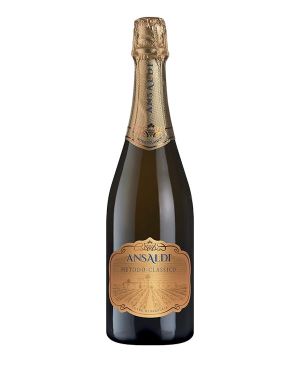
As a guardian of this tradition, Ansaldi has chosen to use Perpetuo to create the liqueur de dosage for its Ansaldi Brut, a Metodo Classico obtained from the early harvest of the best biotypes of Grillo grown organically. Endowed with a fine and persistent perlage, Ansaldi envelops the nose with complex citrus aromas punctuated by pleasant notes of honey and toast. Fresh and persistent on the palate, it is ideal to be uncorked as an aperitif.
IN PYRAMID BARRELS OF THE SOLERA METHOD
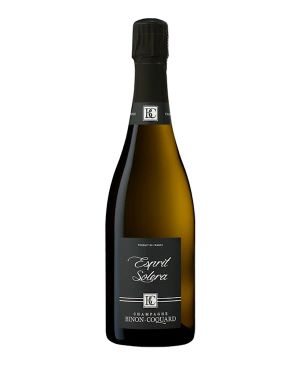
Champagne Binon - Cocquard's Esprit Solera is a sparkling wine that invites you to travel back in time thanks to the special aging technique used, the Solera method, which, by blending wines from different vintages (distributed in pyramid barrels), creates a perennial reserve that is rejuvenated each year without losing its aging notes. After 7 years in stainless steel vats and 8 years in the bottle, this Pinot Noir Champagne reveals a surprising freshness, with notes of citrus, almond, hazelnut, apple, candied fruit and vanilla on the nose. On the palate, a light truffle flavor emerges, making it an ideal accompaniment to poultry ravioli with truffle sauce or duck breast with sweet and sour sauce.
